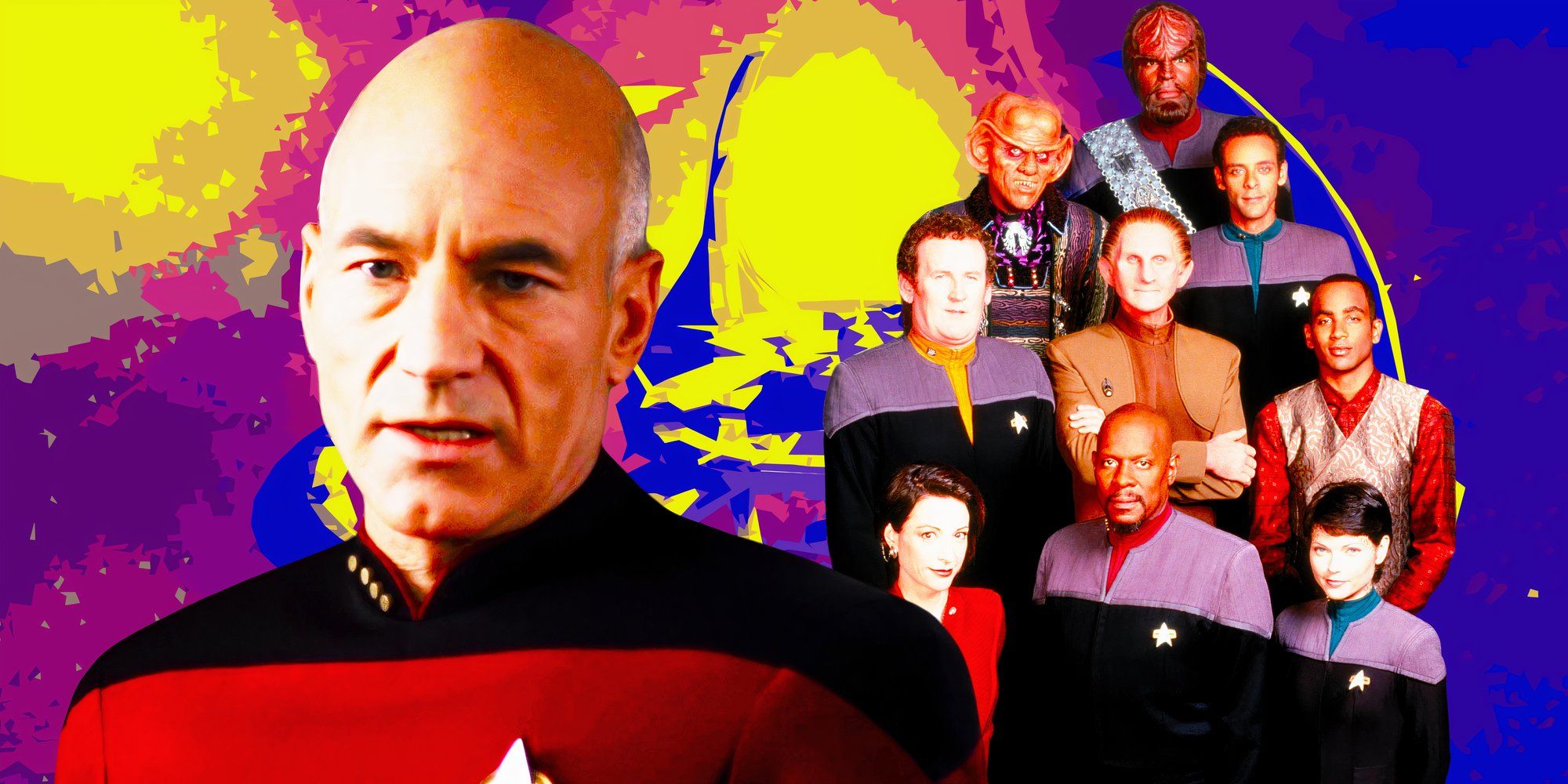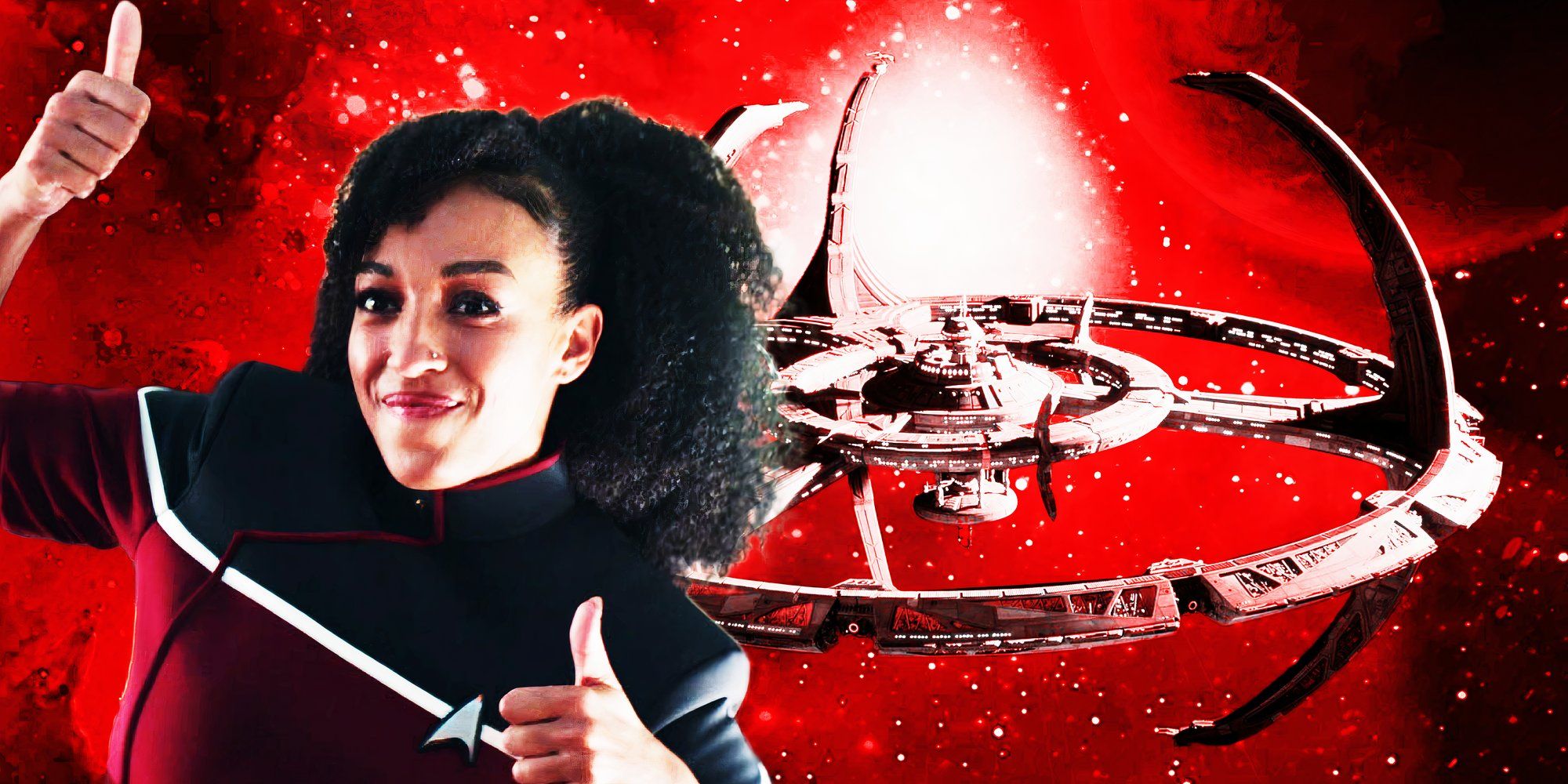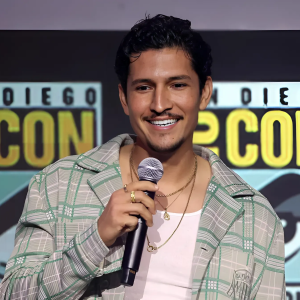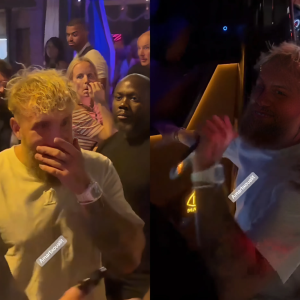Summary
- Ira Steven Behr brought a more realistic, character-driven approach to Star Trek: Deep Space Nine, distinct from The Next Generation.
- Behr’s focus on friendships and downtime activities, like O’Brien and Bashir getting drunk, set DS9 apart from TNG’s formality.
- Behr’s influence on modern Star Trek shows, like Discovery and Strange New Worlds, highlights the enduring impact of DS9’s character-driven storytelling.

Star Trek: Deep Space Nine showrunner Ira Steven Behr identified a “breath of reality” that defined the Star Trek: The Next Generation spinoff from its parent show. Deep Space Nine was specifically designed by Rick Berman and Michael Piller to stand out from TNG;DS9‘s cast of characters included both Federation and non-Federation officers, and it was set on a space station instead of a starship. However, when Ira Steven Behr took over the running of DS9 in season 3, he made an effort to further establish a very different tone to Star Trek: The Next Generation.
Ira Steven Behr had cut his teeth on Star Trek: The Next Generation, supervising the writing team at the behest of Michael Piller during production of season 3. Behr was even offered the chance to showrun TNG season 4, but he turned the opportunity down. When Ira Steven Behr was brought aboard Star Trek: Deep Space Nine as writer and producer, he had a good grasp of the TNG tropes that he wanted to avoid. Discussing this in the Star Trek: Deep Space Nine Companion, Ira Steven Behr said:
“The Next Generation was very serious at times, and I understand that it did a lot of wonderful things, but it had a very self-important air to it. Finding things that work against that is very important to me, and has become more and more important to me as I’ve taken over the day-to-day aspects of running the show.”
How Ira Steven Behr Wanted To Make Star Trek: DS9 Different From TNG
One key scene in Star Trek: Deep Space Nine season 3, episode 22, “Explorers”, was key to Ira Steven Behr’s attempts to make the show different from TNG. The episode’s subplot involves Doctor Julian Bashir (Alexander Siddig) being “snubbed” by an old Starfleet Academy colleague who was top of their class. A dejected Bashir ends up getting drunk with Chief O’Brien (Colm Meaney), and Ira Steven Behr explained how it exemplified his more character-driven, realistic approach to Star Trek, saying “that scene [O’Brien and Bashir getting drunk] became really important. It was both entertaining and a breath of reality.”
DS9 eschewed the formality of TNG , and presented audiences with characters who spent their downtime hanging out and forming friendships.
The O’Brien and Bashir scene is emblematic of Star Trek: Deep Space Nine‘s more realistic approach to character. In Star Trek: The Next Generation it was often hard to define Captain Jean-Luc Picard (Patrick Stewart) and the crew of the USS Enterprise-D beyond their rank and their uniform. The poker scenes were a wonderful glimpse into the TNG crew’s downtime, a relaxed activity that felt more realistic than the Enterprise-D’s frequent amateur dramatics performances and orchestra recitals. DS9 eschewed the formality of TNG, and presented audiences with characters who spent their downtime hanging out and forming friendships.
The whisky that O’Brien and Bashir drink in “Explorers” is called Wee Bairns, a reference to Chief Montgomery Scott’s affectionate term for single malt in “The Trouble with Tribbles”.
Modern Star Trek Owes A Lot To Ira Steven Behr’s Deep Space Nine

Ira Steven Behr’s desire to present more realistic characters in Deep Space Nine reflected Gene Roddenberry’s original Star Trek vision. Roddenberry was very keen that the crew of the USS Enterprise in Star Trek: The Original Series should be realistic and recognizable characters for the audiences at home. DS9 delivered on that in spades, with an extensive ensemble cast, and an increased focus on how these characters interact with each other beyond their roles as Starfleet officers. That approach has influenced the modern franchise too, from Star Trek: Discovery onwards.
These informal moments show the real people behind the Starfleet uniforms, adding jeopardy to their adventures because we care about these people and enjoy the time spent in their company.
The most obvious Star Trek: Deep Space Nine influence on modern Trek are the dinner parties thrown by Captain Christopher Pike (Anson Mount) in Star Trek: Strange New Worlds, a clear callback to the infrequent meals cooked by Captain Benjamin Sisko (Avery Brooks). These informal moments show the real people behind the Starfleet uniforms, adding jeopardy to their adventures because we care about these people and enjoy the time spent in their company. Ira Steven Behr pioneered this more personal character-driven approach in Star Trek: Deep Space Nine, and it continues to pay dividends 30 years later.




